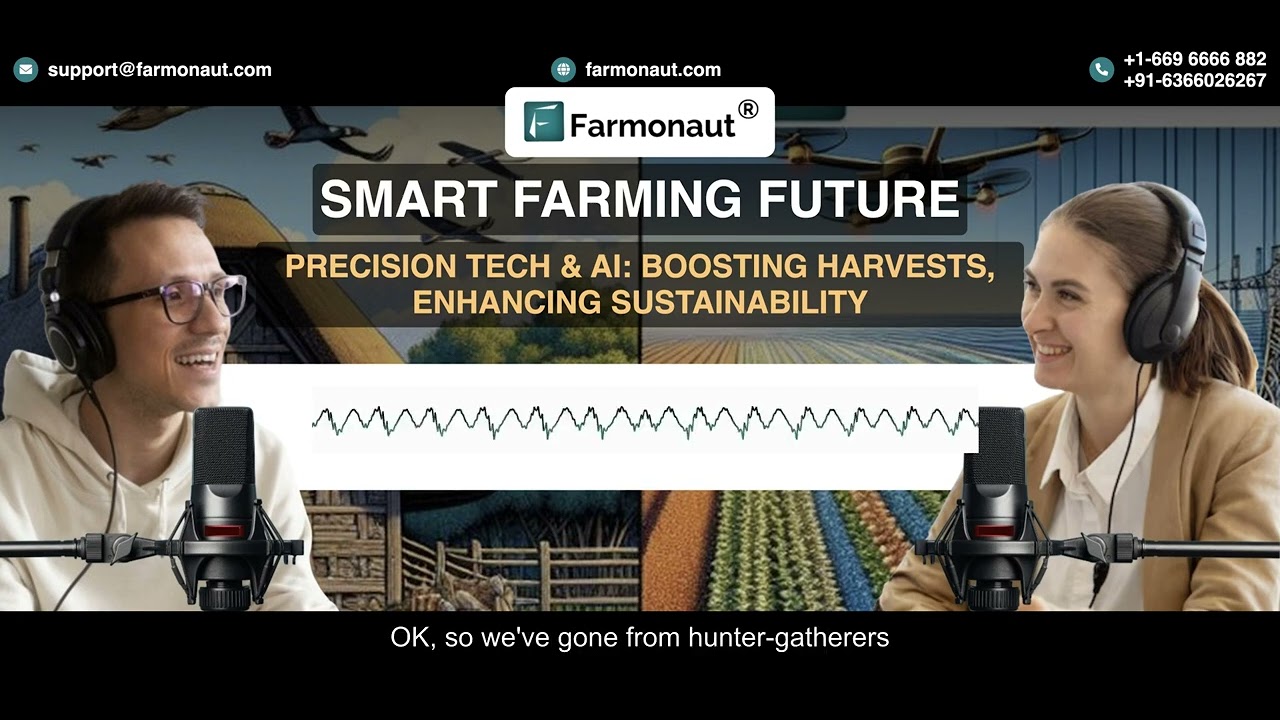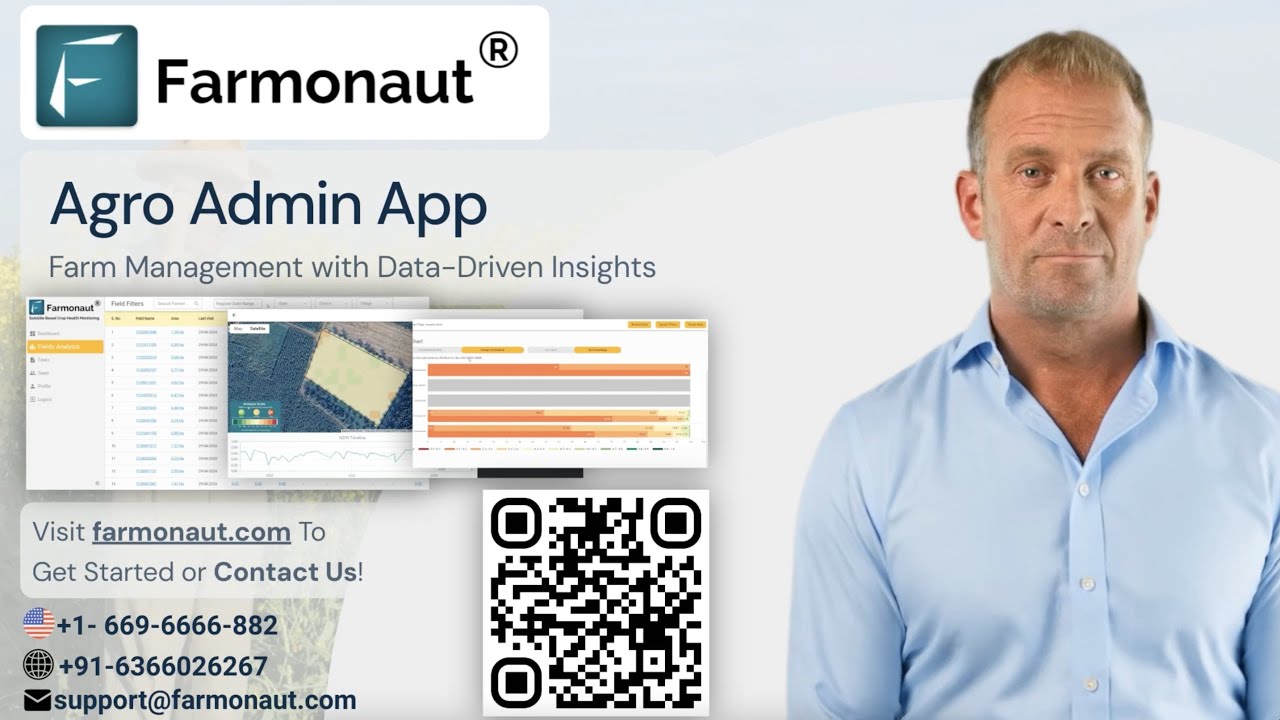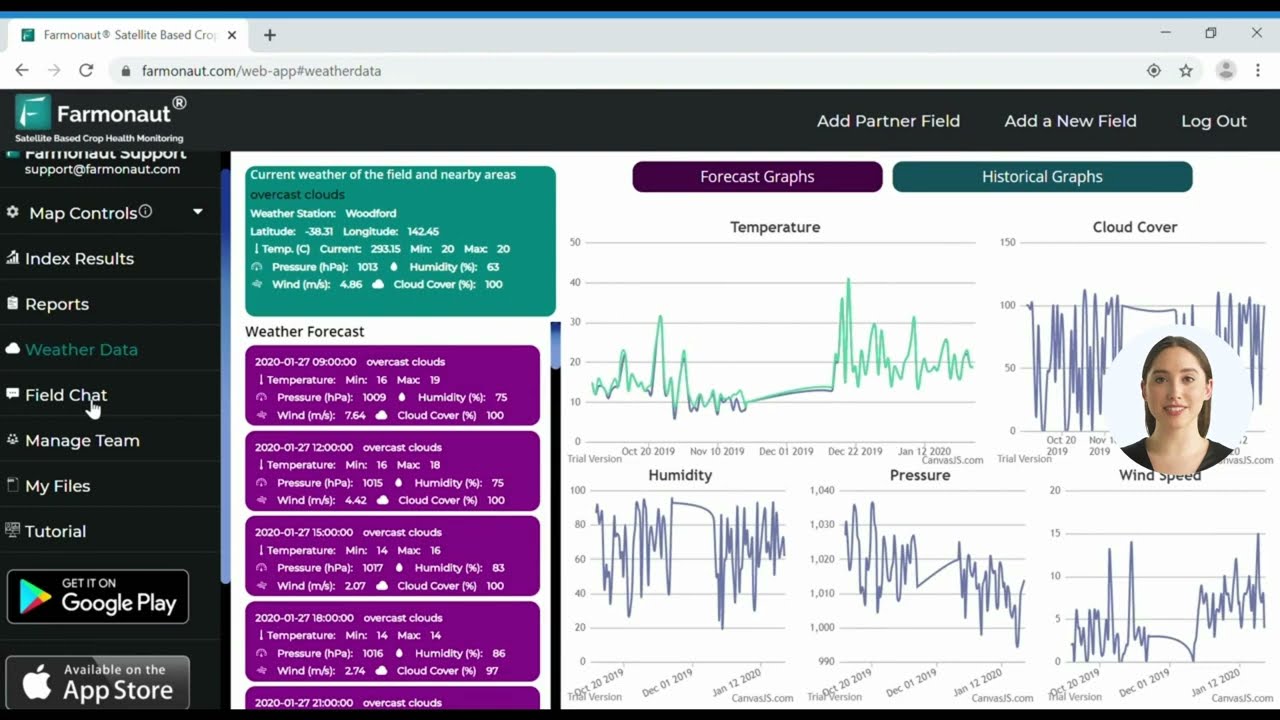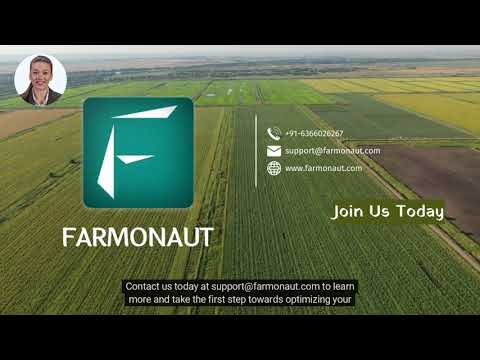Introduction: Autopilot for Drones Revolutionizing Agriculture
Autopilot for drones is at the forefront of a technological revolution transforming modern agriculture. Automation, advanced software, and seamless integration with data systems have not only enhanced field monitoring but also redefined how farmers, agronomists, and businesses operate on an unprecedented scale. In 2025 and beyond, precision agriculture and efficient crop management are becoming universally accessible thanks to these powerful unmanned aerial vehicles (UAVs) and their smart autopilot drone apps.
This blog post delves deep into the world of autopilot drones in agriculture, the best apps powering automation, economic impacts including agriculture drone pilot salary trends, and essential future developments—equipping you with actionable, up-to-date insights.
“By 2025, over 65% of agricultural drones will utilize autopilot apps for precise flight management.”
Understanding Autopilot for Drones in Modern Agriculture
In the last few years, the fast-paced adoption of autopilot drone apps has transformed agriculture—one of the world’s most vital industries. At the core of this evolution are unmanned aerial vehicles (UAVs) equipped with intelligent flight management systems capable of operating autonomously with minimal human intervention.
Key Concepts Explained
- Autopilot: Automated flight control allowing UAVs to follow pre-set missions without direct remote control.
- Drone Apps: Software platforms and applications enabling intuitive flight planning, real-time monitoring, and integrated data analysis.
- Precision Agriculture: Data-driven, location-specific management of fields to maximize yields and minimize resource wastage.
Farmers now use autopilot drones primarily for:
- High-resolution crop monitoring
- Field mapping for accurate resource allocation
- Automated spraying of fertilizers or pesticides
- Soil health and moisture assessment
- Detection of pest infestations and crop diseases early
These advanced tools not only enhance farm productivity but also drastically reduce labor costs and resource wastage—making modern agriculture more efficient and sustainable.
Comparison Table of Leading Autopilot Drone Apps for Agriculture (2025) and Estimated Pilot Salary Impact
Choosing the right autopilot drone app is crucial for optimizing farm operations. Below, you’ll find a comparison table highlighting the top applications used in 2025, their critical capabilities, estimated adoption rates, and their impact on the evolving agriculture drone pilot salary.
| App Name | Key Features | AI Capabilities | Compatibility (Drone Models/OS) | Estimated Adoption Rate (% in 2025) | Price Range (USD/year) | Estimated Impact on Pilot Salary (USD/year) |
|---|---|---|---|---|---|---|
| AgriPilot Pro | Automated flight planning, multi-crop monitoring, spraying, real-time health alerts | AI crop disease & pest detection; yield prediction | DJI, Parrot, Skydio (Android/iOS) | 34% | $980–$1,250 | +$5,500 |
| SkyFarm Suite | Automated soil mapping, NDVI, batch mission scheduling, weather sync | Machine learning yield mapping, anomaly detection | DJI, Yuneec (Web, Android) | 18% | $790–$1,100 | +$4,800 |
| CropVision Autopilot | Spray control, multi-drone coordination, regulatory compliance | Real-time AI path optimization | Parrot, DJI (Web, iOS) | 15% | $1,200–$1,750 | +$4,200 |
| FieldScout AI | Fleet management, preventive maintenance, area analysis | Satellite-data integration, fleet health prediction | OpenSource, DJI, Custom (API, Android) | 11% | $600–$950 | +$3,700 |
| GreenFlyr Mission | Obstacle avoidance, blockchain traceability, real-time team alerts | AI weather optimization; Blockchain data security | Skydio, DJI (iOS, Web) | 7% | $1,000–$1,380 | +$2,900 |
Note: Data reflects leading industry estimates for 2025. Salary impact values represent additional earning potential due to increased complexity and demand for skilled autopilot drone pilots.
Autopilot Drone App Workflow: From Mission Planning to Insights
The workflow of using an autopilot drone app for agricultural operations typically follows these steps:
- Mission Planning: Users plan flight paths, set parameters like altitude and speed, and define the area of interest via the app interface.
- Pre-flight Checks: The system performs automated diagnostics on drone health, battery, and firmware.
- Automated Takeoff & Flight: With a single tap, autopilot handles takeoff, in-flight adjustments, obstacle avoidance, and real-time course correction.
- Data Acquisition: Multispectral camera and sensors collect crop health, soil, and environmental data with high precision.
- Automated Landing & Data Upload: The drone returns and lands autonomously; data uploads to cloud or farm management softwares.
- Insight Generation: Advanced analytics and AI-powered tools transform raw data into actionable insights for farmers, agronomists, and business owners.
This slick, semi-automated operation drastically reduces the need for manual piloting, lowers barriers for users without extensive piloting expertise, and makes high-quality monitoring accessible even in regions with limited technical resources.
Game-Changing Features of Autopilot Drone Apps in 2025
The integration of such features fundamentally changes the role of the agriculture drone pilot—shifting away from manual operation toward supervision, mission planning, and data-driven analysis.
Farmonaut: Enabling Satellite-Driven Precision Agriculture & Integration
At Farmonaut, we believe that integration of autopilot drones with advanced satellite analytics is key to optimizing farm productivity and resource management.
Our pioneering platform offers:
Our satellite-based insights can be accessed via Android, iOS, and Web Apps or integrated into your operations with our developer-friendly API and detailed developer documentation.
Agriculture Drone Pilot Salary Guide & Role Evolution
The rapid expansion of automation and autopilot drone apps has established a new, in-demand career path: the agriculture drone pilot. While the basic title may seem unchanged, the role has significantly transformed relative to more traditional piloting jobs.
What Does an Agriculture Drone Pilot Do in 2025?
- Mission Supervision: Overseeing and programming drone fleets via integrated apps
- Data Analysis: Interpreting satellite and drone-collected data for actionable crop management recommendations
- System Integration: Ensuring smooth data flow between drones, farm management tools, and backend analytics platforms
- Software Customization: Tweaking apps and settings for field-specific needs
Agriculture Drone Pilot Salary Trends for 2025
- Entry-level: $50,000–$55,000 USD/year
- Experienced Pilot/Analyst: $60,000–$75,000 USD/year
- Senior/Enterprise Specialist: $75,000–$95,000+ USD/year (expertise combining agronomy, software, and drone operations)
Factors influencing salary include geographic region, complexity of operations managed, and a candidate’s skill in data-driven decision-making. Demand is rising especially in large-scale farming operations, agritech solution firms, and government-backed precision agriculture projects. As automation becomes widespread, the role of pilots is increasingly recognized as mission-critical, strategic, and well-compensated.
“Drone pilot salaries in agriculture are projected to rise by 18% with the increasing adoption of automation.”
Economic Impacts: Efficiency, Labor Costs & Resource Optimization
The economic impacts of autopilot drone apps in agriculture are profound:
- Reduced Labor & Operating Costs: Automated flight controls lower the need for skilled pilots, allowing a single operator to oversee multiple simultaneous missions.
- Cutting Resource Wastage: Intelligent spraying tools use only the exact amount of pesticide or fertilizer required, directly tied to in-flight data.
- Boosted Yields: Improved monitoring and early disease/pest detection increase yield averages by 7–15% in tested 2025 scenarios.
- Rapid Risk Response: Storms, droughts, or pest outbreaks are detected early, enabling proactive interventions.
- Wider Technology Adoption: Apps are increasingly intuitive, meaning farmers in regions previously shut out by tech requirements are now entering the era of precision agriculture.
The result is a modern, scalable agricultural ecosystem where both smallholder farms and vast corporate operations benefit from unprecedented automation and data-driven management.
Future Trends: AI, IoT & Beyond in Autonomous Farming
Looking ahead, autopilot for drones in agriculture will only accelerate. Here’s what’s coming next:
- Machine Vision Intelligence: AI-powered drones capable of visually assessing plant health, counting plants, and distinguishing crop varieties autonomously.
- Predictive Analytics: Deep learning models will draw on historical, satellite, and real-time sensor data to predict pest/disease outbreaks and yield outcomes.
- Full IoT Integration: Connection with sensors, weather stations, automated irrigation, and farm robots—unifying all field data into a single decision engine.
- Seamless Cloud Connectivity: Live upload and analysis of high-volume video/imagery from even the remotest locations.
- Eco-regulatory Adaptations: Evolving global and regional regulations will ensure safe operations and environmental protections, boosting trust in autonomous drones (example: privacy-rich flight path storage).
- Sustainable Scaling: Technology will further enhance sustainability—including tracking carbon footprint and natural resources, aligning with the world’s climate goals.
These advances will cement autopilot drone software as indispensable for farms and agritech enterprises seeking a competitive, compliant, and sustainable future.
For large-scale farm management and monitoring, our Agro Admin App empowers administrators to track multi-farm operations, deploy resources, and collect vital data with ease.
Download Advanced Apps & Access Powerful API Solutions
Experience the future of autopilot for drones, crop monitoring, and farm analytics with Farmonaut’s versatile solutions.
Developers & Enterprises: Integrate real-time satellite and drone analytics seamlessly into your systems using our comprehensive API. Dive deeper with detailed developer docs.
Farmonaut Subscriptions: Affordable Innovation for Every Farm & Business
Choose the subscription plan that fits your operation size—from individual farmers to governments and corporates. Our modular pricing makes advanced technology accessible to all.
FAQ: Autopilot Drones, Apps, and Pilot Careers in 2025
What is an autopilot drone and why is it important for agriculture?
An autopilot drone is an unmanned aerial vehicle (UAV) equipped with advanced control systems that allow it to operate autonomously. In agriculture, such drones automate crop monitoring, field mapping, pesticide spraying, and soil assessment—drastically reducing resource wastage and enhancing yields.
How do autopilot drone apps make precision farming accessible?
Autopilot drone apps simplify complex missions by allowing farmers to plan flights, set mission parameters, and monitor drone performance in real-time. These apps integrate with farm management tools, making actionable data readily available to users—even those without extensive technical or piloting expertise.
What is the impact of automation on agriculture drone pilot salaries?
Automation is shifting the role of drone pilots from manual control to high-value mission planning and data interpretation. As responsibilities evolve, agriculture drone pilot salaries are rising—projected to grow by as much as 18% (to $50,000–$75,000 annually on average in 2025) based on industry skill and operation scale.
Are autopilot drones suitable for small farms or only large-scale operations?
Autopilot drones and apps are now highly scalable—affordable and accessible for individual smallholders, cooperatives, and large agri-businesses alike. Subscription-based models ensure even small-scale users benefit from precision farming tools.
How does Farmonaut support integrated data-driven agriculture?
We provide real-time satellite monitoring, AI-powered advisory, blockchain traceability, and easy fleet/resource management—helping farmers, businesses, and governments make informed decisions and streamline operations for sustainable growth.
Can I integrate drone analytics into my own farm management system?
Yes, Farmonaut offers extensive API and developer tools for seamless integration of satellite/drone analytics into custom workflows—enabling better automation and real-time monitoring.
What kind of future advances can we expect in autonomous drone technology?
The next wave will include advanced AI for crop identification, full IoT sensor integration, predictive analytics for yield and pest trends, improved regulatory frameworks, and increased sustainability tracking.
Conclusion: Autopilot Drones Empowering Sustainable Agriculture
Autopilot for drones has already revolutionized agriculture—emerging as an indispensable resource for farmers, businesses, and governments alike. Intelligent automation through leading drone apps is optimizing productivity, reducing costs, and enabling precision crop management at a scale the agriculture industry has never witnessed.
The role and salary landscape for agriculture drone pilots is also evolving, reflecting the shift toward automation and data-driven practices. Through advanced monitoring, resource optimization, and actionable analytics, autopilot drones are guiding us towards an agricultural future that’s efficient, resilient, and truly sustainable.
Strong adoption of these technologies—especially with the integration of satellite, AI, and blockchain systems as offered by Farmonaut—ensures a brighter, more profitable path for farmers and the entire food production ecosystem as we move boldly into 2025 and beyond.
2025-09-07 23:10:00







